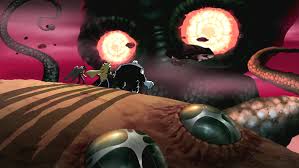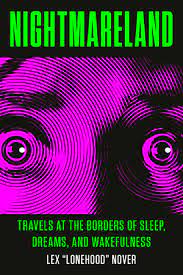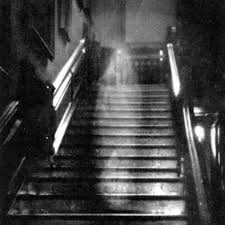
Haxan Review: Documentary or Psychological Horror? That Which Used to Scare Us
Haxan: Witchcraft through the Ages, is a silent 1922 Swedish and Danish co-production, directed by Danish director Benjamin Christensen, whose filmography ran mostly through the silent era, including a five-year stint in Hollywood. Haxan, which was also written by Christensen, takes is a lecture/docudrama in seven parts, covering the Middle Ages, the Inquisition, and the modern era.
Unfortunately, it must be said that much of part one will bore the impatient viewer, as it really is a lecture (complete with a pointer!) on the origins of witchcraft. Luckily, the sheer number of paintings, drawings, and woodcuts used to illustrate his points throughout the section is impressive, and even foreshadows some of what we’ll see in the dramatic reenactments that dominate much of the film. In laying this groundwork, Christensen ensures that the viewer will be able to follow the dramatized events later in the film.
The Middle Ages, of course, includes our witch, an old crone, making potions and ointments from ‘young male sparrow(s)’ and thieves’ fingers, as well as frogs and snakes (no special effects here, but hopefully no frogs or snakes were harmed during the making of the film). The potions have a variety of effects on their intended targets, some of which are quite amusing. Through it all, Christensen is careful to remind us that these are the things the people of the Middle Ages believed, not what was actually true.
Soon enough, the devil makes an appearance, tempting a young woman to leave her marriage bed and sleepwalk out into the world into his embrace. The devil here is depicted very traditionally, with horns, scaly arms, claws, and a protruding, wagging tongue. While other ‘types’ of devils are depicted at different times in the film, this is the primary version the film deals with. The protruding tongue seems a bit comical at first, but as the film continues, it slowly becomes unsettling, probably because the action itself begins to feel unnatural.
It’s important to note that a pair of (presumably) doctors who have snatched a corpse to study are also shown as ‘witches’, albeit briefly.
At this point, it’s prudent to include a trigger warning. If the viewer considers themself religious, much of the imagery from this point forward could prove to be upsetting.
The Middle Ages soon gives way to the Inquisition, which makes up the bulk of the film. This is where it truly gets disturbing. We meet a family with a sick husband and an accused witch (Maria the Weaver, an old beggar woman), which is all the Inquisitors need to get involved. The methods we see used (always suggestively, rarely graphically) on the poor woman give us great sympathy for her, of course, and it’s here that we see our first grand setpiece—a witches Sabbat, with dancing devils, skeletal horses, and disturbing, sacrilegious rituals. It’s brilliantly staged, so much so that there’s no doubt Christensen was drawing from a plethora of sources.
Maria then accuses others of being witches, and the sheer glee we see on the Inquisitors’ faces will stay with you. It’s at this point that Haxan seems to shift from docudrama status to psychological horror. Of particular note is a sequence set in a convent that would give any modern horror film a run for its money.
Finally, we move to ‘the present day’, in which Christensen does his best to explain behaviors once seen as witchcraft through a modern lens. While it’s interesting to see his psychoanalysis, it’s even more interesting when we consider his take when viewed through a hundred years of progress in the field.
I had to admire Christensen’s thoughtful, scholarly attempts at analysis and insight. To the theater-goer of 1922, I imagine that Haxan held at least a handful of answers about witchcraft, and that they left the theater feeling they’d truly learned something.
Technically, the film is exceptionally well-done. The special effects, though sparse, are spot on, using everything from reversing the film to superimposition, and even a bit of well-done stop motion. The animal costumes that appear from time to time would have fit right in nearly 50 years later on Summerisle, and the makeup effects on the various devils and demons look good a century later. For Haxan to be made at a time when nearly every film was full of innovation makes its technical achievements that much more impressive. It’s an amazing movie in nearly every way.
Where can I see it? Free on YouTube, HBO Max with a subscription. The picture quality is about the same in each, so you won’t be missing anything by going the free route.




